With the nature of the universe’s two most elusive components up for debate, physicists have proposed a radical idea: Invisible particles called tachyons, which break causality and move faster than light, may dominate the cosmos.
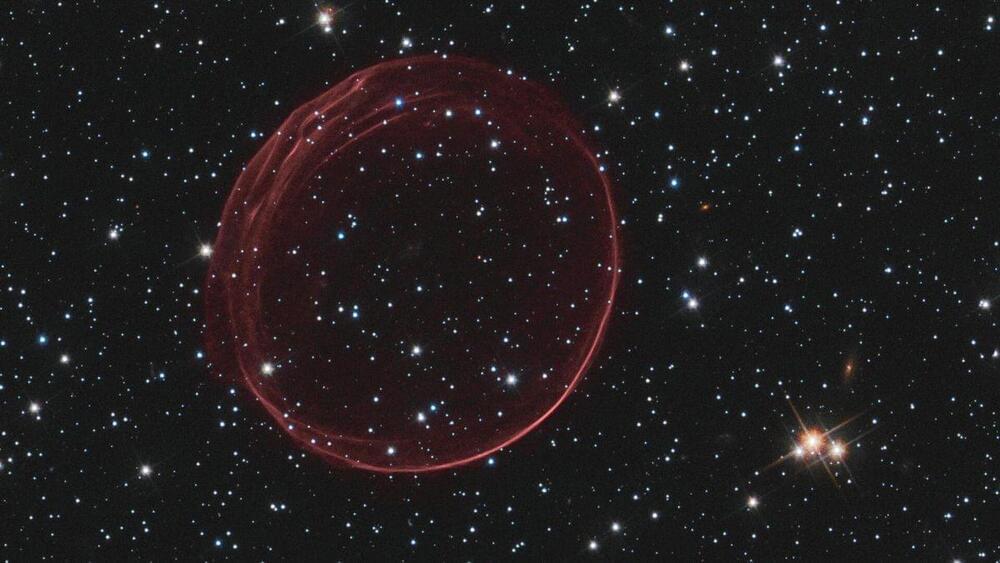


For centuries, goldsmiths have sought ways to flatten gold into ever finer forms. An approach based in modern chemistry has finally created a gold material that literally can’t get any thinner, consisting of a single layer of atoms.
Sticking to the naming conventions of materials science, researchers have named this new two-dimensional material ‘goldene’, and it has some interesting properties not seen in the three-dimensional form of gold.
“If you make a material extremely thin, something extraordinary happens – as with graphene,” explains materials scientist Shun Kashiwaya of Linköping University in Sweden.
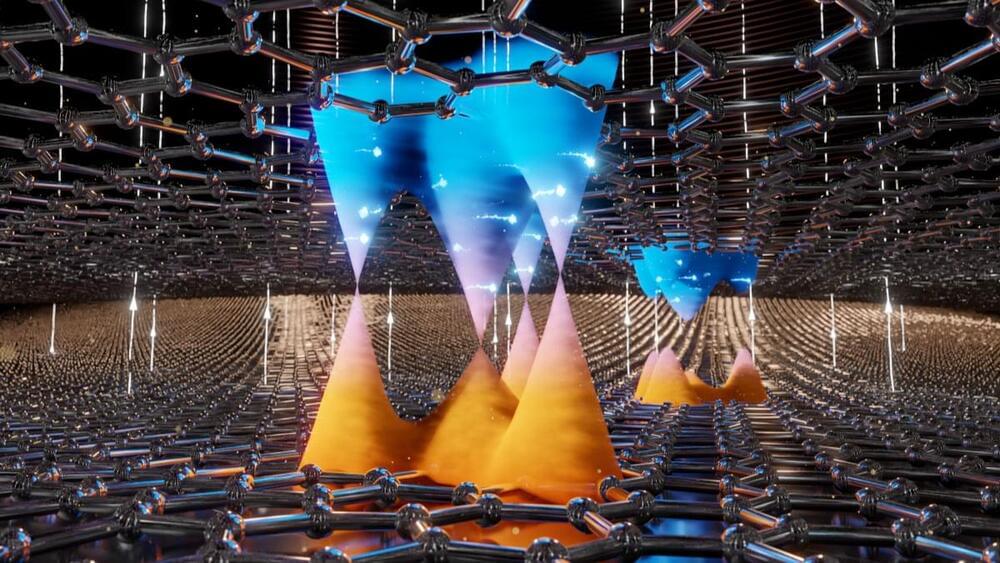
An international research team led by the University of Göttingen has demonstrated experimentally that electrons in naturally occurring double-layer graphene move like particles without any mass, in the same way that light travels.
Furthermore, they have shown that the current can be “switched” on and off, which has potential for developing tiny, energy-efficient transistors – like the light switch in your house but at a nanoscale.
The Massachusetts Institute of Technology (MIT), USA, and the National Institute for Materials Science (NIMS), Japan, were also involved in the research. The results were published in Nature Communications (“Probing the tunable multi-cone band structure in Bernal bilayer graphene”).
Reductionism offers a narrow view of the Universe that fails to explain reality.
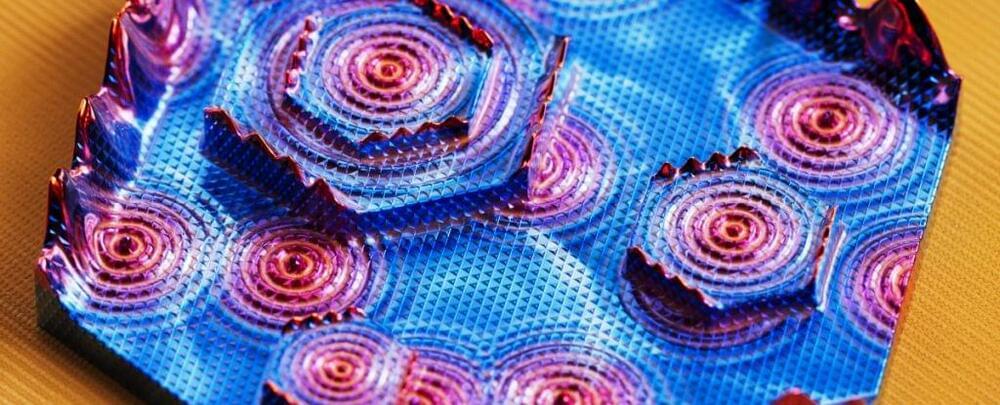
Physicists have just found something no one expected, lurking on the surface of an arsenic crystal.
While undertaking a study of quantum topology – the wave-like behavior of particles combined with the mathematics of geometry – a team found a strange hybrid of two quantum states, each describing a different means of current.
“This finding was completely unexpected,” says physicist M. Zahid Hasan of Princeton University. “Nobody predicted it in theory before its observation.”
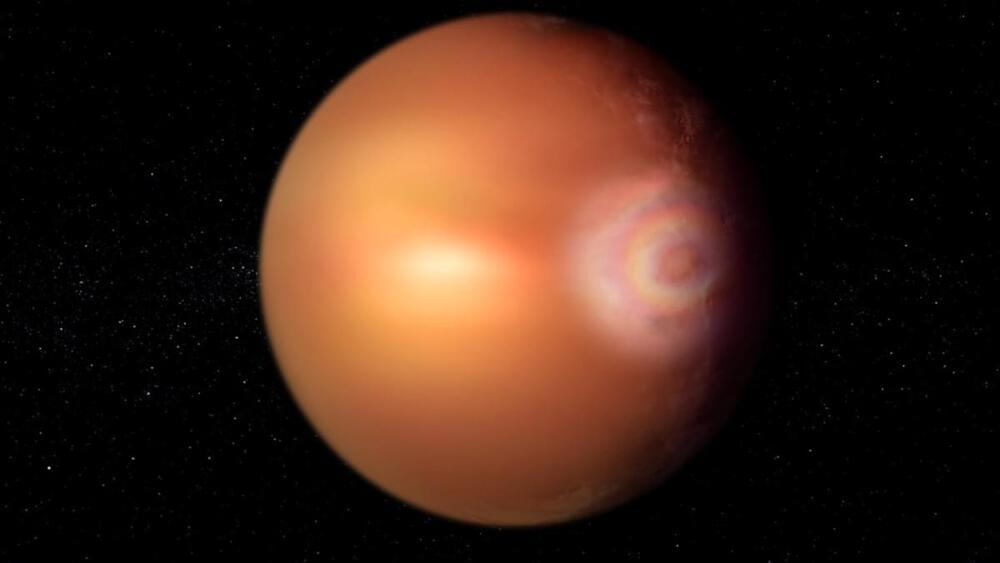
If the effect is confirmed to be happening over WASP-76b, it could reveal a great deal about this strange and extreme exoplanet — a world unlike anything seen in our stellar domain.
Related: Ultra-hot exoplanet has an atmosphere of vaporized rock
“There’s a reason no glory has been seen before outside our Solar System – it requires very peculiar conditions,” Olivier Demangeon, team leader and an astronomer at the Institute of Astrophysics and Space Sciences in Portugal, said in a statement. “First, you need atmospheric particles that are close-to-perfectly spherical, completely uniform and stable enough to be observed over a long time. The planet’s nearby star needs to shine directly at it, with the observer — here CHEOPS — at just the right orientation.”
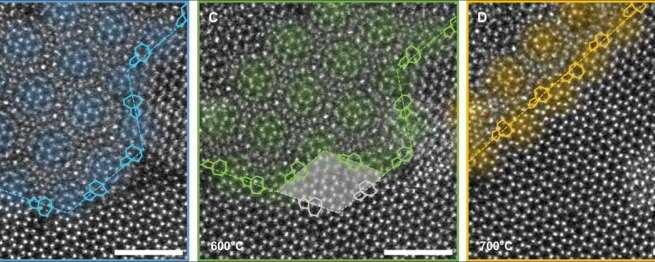
Silicon-based electronics are approaching their physical limitations and new materials are needed to keep up with current technological demands. Two-dimensional (2D) materials have a rich array of properties, including superconductivity and magnetism, and are promising candidates for use in electronic systems, such as transistors. However, precisely controlling the properties of these materials is extraordinarily difficult.
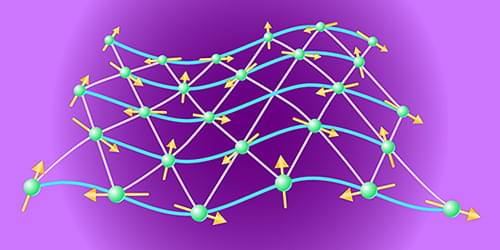
A numerical investigation has revealed a surprising correspondence between a lattice spin model and a quantum field theory.
The search for a quantum spin liquid (QSL) in a real magnetic material has been at the forefront of condensed-matter physics since this exotic quantum state was first proposed over half a century ago. Meanwhile, theorists continue to grapple with understanding what rich physics might emerge from this state. Now Alexander Wietek of the Max Planck Institute for the Physics of Complex Systems in Germany and his collaborators have made a significant advance toward that goal. Through numerical simulations, they have presented a compelling numerical case that the spectrum of elementary excitations of a well-studied QSL has a one-to-one correspondence with the spectrum of excitations of a well-studied quantum field theory [1]. If a real QSL is discovered or fabricated, the correspondence opens the prospect of testing theories from particle physics with condensed-matter systems.
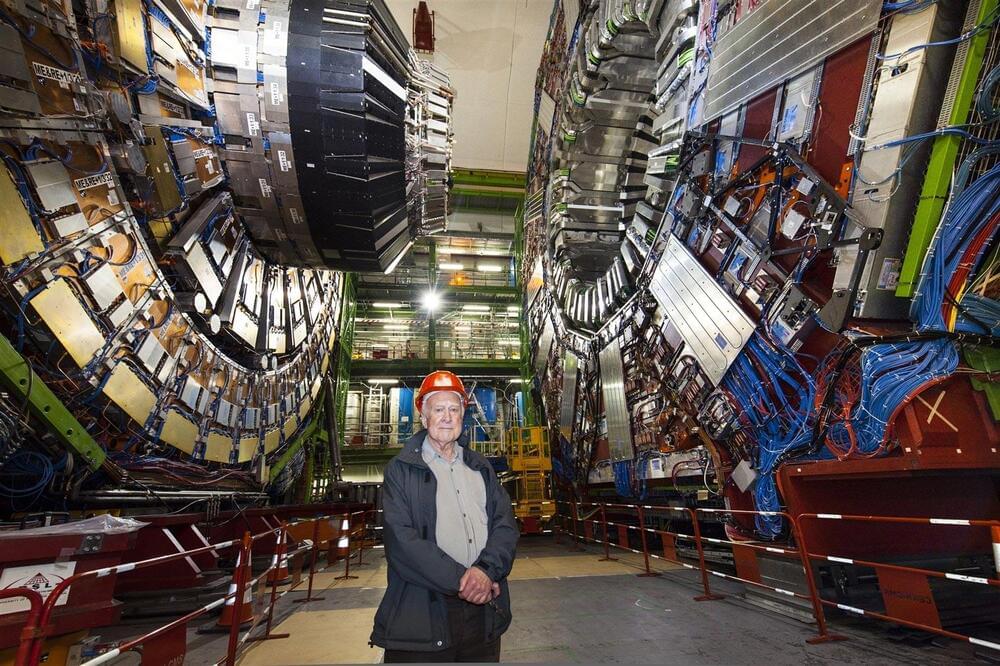
Peter Higgs, pivotal in the discovery of the “God Particle,” has died at the age of 94. His groundbreaking work, for which he received a Nobel Prize, laid the foundation for understanding the universe’s fundamental structure and continues to guide current and future research in particle physics.
Peter Higgs has passed away at the age of 94. An iconic figure in modern science, Higgs in 1964 postulated the existence of the eponymous Higgs boson. Its discovery at CERN in 2012 was the crowning achievement of the Standard Model ℠ of particle physics – a remarkable theory that explains the visible universe at the most fundamental level.
Alongside Robert Brout and François Englert, and building on the work of a generation of physicists, Higgs postulated the existence of the Brout-Englert-Higgs (BEH) field. Alone among known fundamental fields, the BEH field is “turned on” throughout the universe, rather than flickering in and out of existence and remaining localized. Its existence allowed matter to form in the early universe some 10-11 s after the Big Bang, thanks to the interactions between elementary particles (such as electrons and quarks) and the ever-present BEH field. Higgs and Englert were awarded the Nobel Prize for physics in 2013 in recognition of these achievements.
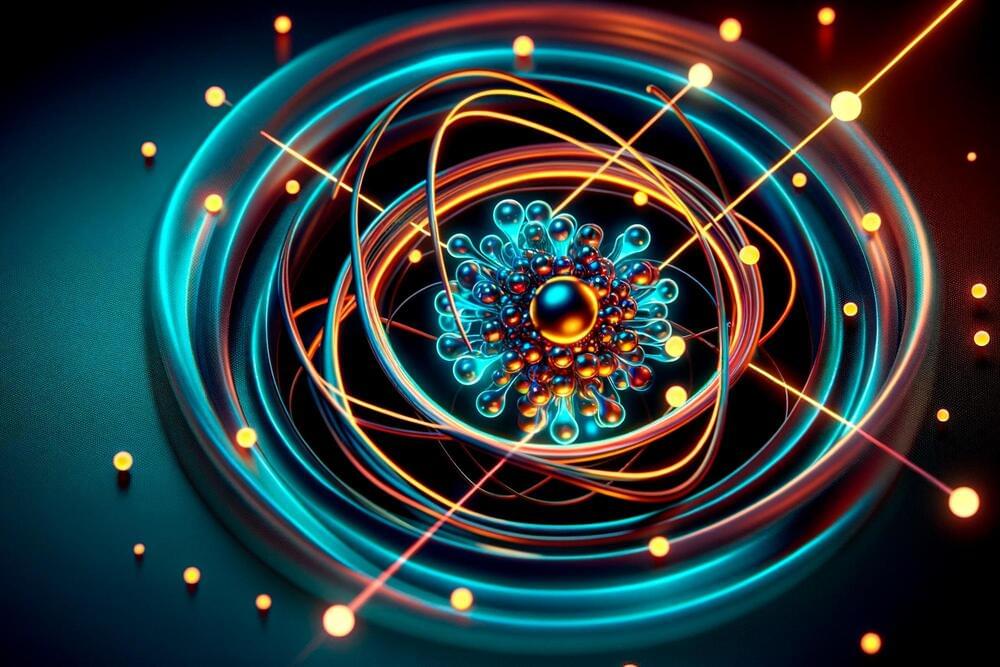
Study shows neutrons can bind to nanoscale atomic clusters known as quantum dots. The finding may provide insights into material properties and quantum effects.
Neutrons are subatomic particles that have no electric charge, unlike protons and electrons. That means that while the electromagnetic force is responsible for most of the interactions between radiation and materials, neutrons are essentially immune to that force.
Neutron interaction through the strong force.